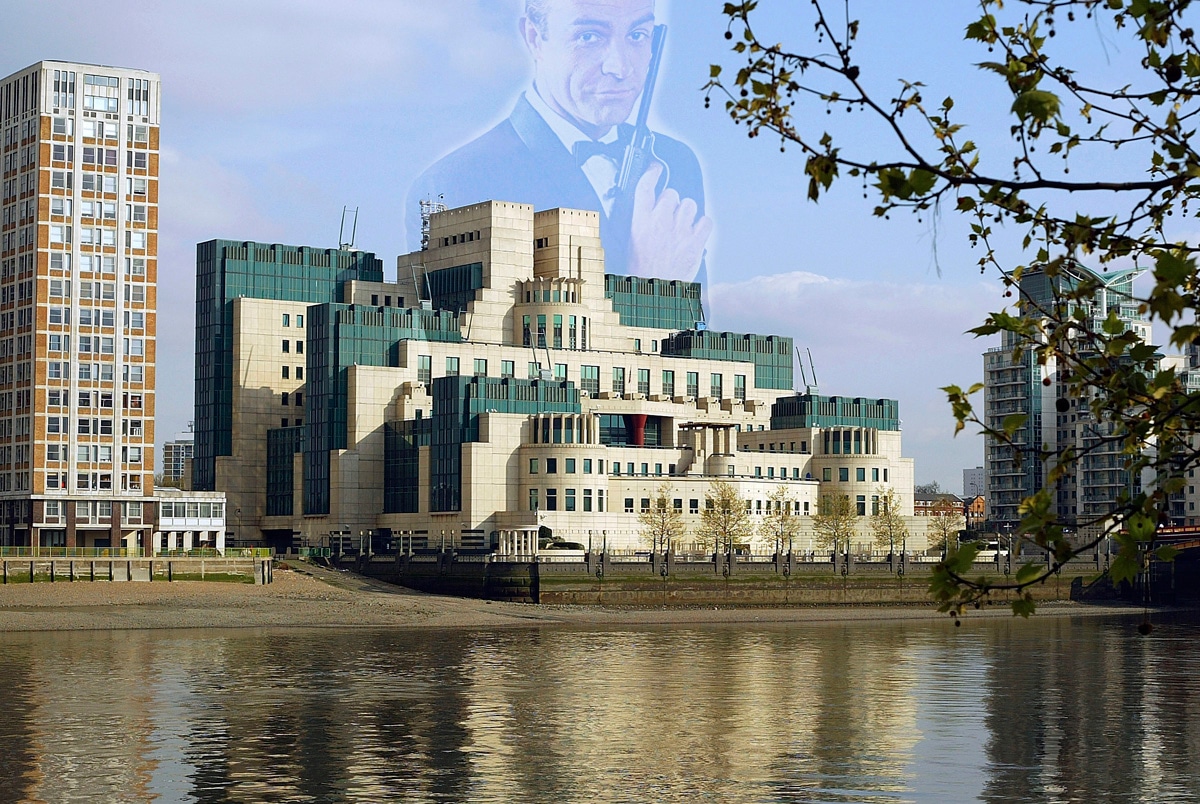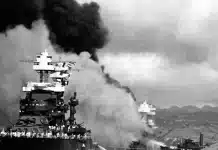England is a mythical land of Magna Carter power politics heritage. Such cultural and emotional symbols as ‘Mrs. Miniver’ Rose or the White Cliffs of Dover are engrained in the public consciousness as an essential British tradition.
When the “Bard of Avon” presented his indispensable observations, Shakespeare on England defined the perception essence of countless generations.
This royal throne of kings, this sceptered isle,
This earth of majesty, this seat of Mars,
This other Eden, demi-paradise,
This fortress built by Nature for herself
Against infection and the hand of war,
This happy breed of men, this little world,
This precious stone set in a silver sea,
Which serves it in the office of a wall
Or as a moat defensive to a house,
Against the envy of less happier lands,
This blessed plot, this earth, this realm, this England,
This nurse, this teeming womb of royal kings,
Feared by their breed and famous by their birth
[Richard II, 2.1, 40-51]
Yet even with such lofty attitudes about England, the real world upon which intelligence operations maneuver have very little to do with serving the British society that most closely associates with the image of a fable people. When scholars examine the nature of the British Empire, many fail to indentify that the true power behind the institutions and military prowess is not controlled by Parliament or even the German Monarchy clan of Saxe-Coburg and Gotha, who has taken the name of Windsor. In actuality, the raw power that embodies the “Crown” functions accordingly.

“The colored people of the British Empire, comprising 87% of the total population, are the voiceless subjects of the international financial oligarchy of “The City” [the City of London] in what is perhaps the most arbitrary and absolute form of government in the world. This international financial oligarchy uses the allegoric “Crown” as its symbol of power and has its headquarters in the ancient City of London, an area of 677 acres; which strangely in all the vast expanse of the 443,455 acres of Metropolitan London alone is not under the jurisdiction of the Metropolitan Police, but has its own private force of about 2,000 men, while its night population is under 9,000.
This tiny area of a little over one square mile has in it the giant Bank of England, a privately owned institution; which is not subject to regulation by the British Parliament, and is in effect a sovereign world power. Within the City are located also the Stock Exchange and many institutions of world-wide scope. The City carries on its business of local government with a fanciful display of pompous medieval ceremony and with its officers attired in grotesque ancient costumes. Its voting power is vested in secret guilds… All this trivial pomp and absurdity and horse-play seems to serve very well to blind the eyes of the public to the big things going on behind the scenes.”
This background is necessary to properly understand The City of London’s strange history.
“William and Mary, whose Second Charter in 1690 leaves no doubt as to who were the greatest beneficiaries of the Glorious Revolution. It declared: “That the mayor, commonalty and citizens of London shall for ever hereafter remain, continue and be, and prescribe to be, a body politic, in re, facto, et nomine … and shall have and enjoy all their rights, gifts, charters, grants, liberties, privileges, franchises, customs, usages, constitutions, prescriptions, immunities, markets, duties, tolls, lands, tenements, estates and hereditaments whatsoever.”
The significance of this long history of establishing a shadow apparatus behind the public appearance of democratic government has been the template for transferring the effective power to a financial elite that actually controls the clandestine events that shape the planet. So it is totally understandable that when the establishment of the Secret Intelligence Service (SIS) was put into motion, the true masters of supremacy are the mercantile elites, who manipulate the City of London.
Before Ian Fleming coined the designation “M” for the chief of the SIS office that would become to be known as MI6, Sir Mansfield Cumming, in typical British idiosyncrasy, Cumming set the stage for bizarre cloak and dagger demeanor.
“Working behind the mahogany desk that once graced the cabin of Admiral Nelson on HMS Victory, Cumming wore a gold-rimmed monocle, signed all correspondence with “C” and only used green ink. He would set the standard for his successors – to this day heads of MI6 go by the codename C (it has come to stand for chief rather than Cumming) and use green ink as well as the Nelson desk.”
While these traits seem benign, a famous test for new recruits using Cumming‘s wooden leg is certainly eccentric.
“Not one to let something like the death of his son and the loss of a limb get him down, Mansfield took to travelling around his office using a scooter he stole from a child, using his wooden leg to slap people aside. During meetings with people who weren’t aware of the fact he needed to hop in place every time he took a piss, Mansfield grew quite fond of randomly screaming at the top of his lungs and stabbing himself in the leg with a pen, you know, just because.
Mansfield would reportedly do this during interviews with potential spy recruits to see how they reacted to something unexpected, dismissing them immediately if they had the totally human reaction of freaking the hell out.”
The successor to Cumming was Admiral Sir Hugh Sinclair.
“A noted bon vivant with a stormy private life and “an astonishing flow of forcible language”, this was a man whose expansionist ambitions – matched only by those of Sir Basil Thomson of Scotland Yard – led him to make a disastrous mistake for any intelligence chief: getting too close to politics, and moving from providing intelligence to advising on policy. Sinclair started to investigate communist subversion in Britain, running a group of agents known as “The Casuals”, and therefore crossing boundaries with the police and MI5. Eventually he was carpeted by the Home Office Permanent Under-Secretary’s Office and MI6 was stripped of domestic operations, which went to MI5, the division of responsibility that endures today.”
More ambitious than his predecessor, Sinclair prepared MI6 for WWII years to come.
“Beginning in 1919 he attempted to absorb the counter-intelligence service MI5 into the SIS to strengthen Britain’s efforts against Bolshevism, an idea was finally rejected in 1925. The SIS remained small and under-funded during the inter-war years. By 1936 Sinclair realized that the Gestapo had penetrated several SIS stations and Claude Dansey, who had been removed from his station in Rome, set up Z organization, intended to work independently of the compromised SIS.
In 1938, with a second war looming, Sinclair set up Section D, dedicated to sabotage. In spring of 1938, using £6,000 of his own money, he bought Bletchley Park to be a wartime intelligence station.”
The next spymaster successor Major-General Sir Stewart Menzies took charge during the war years and during the beginning of the cold war.
“Stewart Menzies, like other members of establishment, was appalled by the idea of a Prime Minister who was a socialist. As Gill Bennett has pointed out: “It was not just the intelligence community, but more precisely the community of an elite – senior officials in government departments, men in “the City”, men in politics, men who controlled the Press – which was narrow, interconnected (sometimes intermarried) and mutually supportive. Many of these men… had been to the same schools and universities, and belonged to the same clubs. Feeling themselves part of a special and closed community, they exchanged confidences secure in the knowledge, as they thought, that they were protected by that community from indiscretion.”
“Menzies was also responsible for the overall supervision of the Government Code and Cypher School (GCCS), whose greatest achievement in the war was the breaking, with considerable initial Polish and French help, of the German Enigma.”
While these accounts are sanitized to pass the orthodox and accepted version of a historic version, suitable for public conception; the hidden purpose of the entire intelligence machinery system is to protect and advance the interests of “The City”.
The flair and secrecy used to establish the SIS service feeds and safeguard the ruling class society of a privileged elite. The art of spying has become proficient as disclosed in Dope Inc., MI6 Are The Lords Of The Global Drug Trade. The City of London – The Centre of the global crime scene, links the financial protection racket of the British establishment to the pervades of illicit control of the drug trade.
The Secret Intelligence Service stands as an about the law facilitator for the hierarchy of well breed and meticulously tailored operatives, dealing in the family business of unfeigned power. Information is the real license to kill. Spymasters operate with immunity not because they are patriots of the British nation, but because they are dependable servants to “The City”. Not exactly the England that Shakespeare envisioned.
SARTRE – May 2, 2017
Read the entire article on the “Forbidden History” archives
Subscription sign-up for the BATR RealPolitik Newsletter
Discuss or comment about this essay on the BATR Forum
SARTRE is the pen name of James Hall, a reformed, former political operative. This pundit’s formal instruction in History, Philosophy and Political Science served as training for activism, on the staff of several politicians and in many campaigns.
A believer in authentic Public Service, independent business interests were pursued in the private sector. As a small business owner and entrepreneur, several successful ventures expanded opportunities for customers and employees. Speculation in markets, and international business investments, allowed for extensive travel and a world view for commerce. He is retired and lives with his wife in a rural community.
“Populism” best describes the approach to SARTRE’s perspective on Politics. Realities, suggest that American Values can be restored with an appreciation of “Pragmatic Anarchism.” Reforms will require an Existential approach. “Ideas Move the World,” and SARTRE’S intent is to stir the conscience of those who desire to bring back a common sense, moral and traditional value culture for America.
Not seeking fame nor fortune, SARTRE’s only goal is to ask the questions that few will dare … Having refused the invites of an academic career because of the hypocrisy of elite’s, the search for TRUTH is the challenge that is made to all readers. It starts within yourself and is achieved only with your sincere desire to face Reality.
So who is SARTRE? He is really an ordinary man just like you, who invites you to join in on this journey.
Resources: BATR Newsletter
– BATR Forum
All content herein is owned by author exclusively. Expressed opinions are NOT necessarily the views of VNR, authors, affiliates, advertisers, sponsors, partners, technicians, or VT Network. Some content may be satirical in nature.
All images within are full responsibility of the author and NOT VNR.
Read Full Policy Notice - Comment Policy































